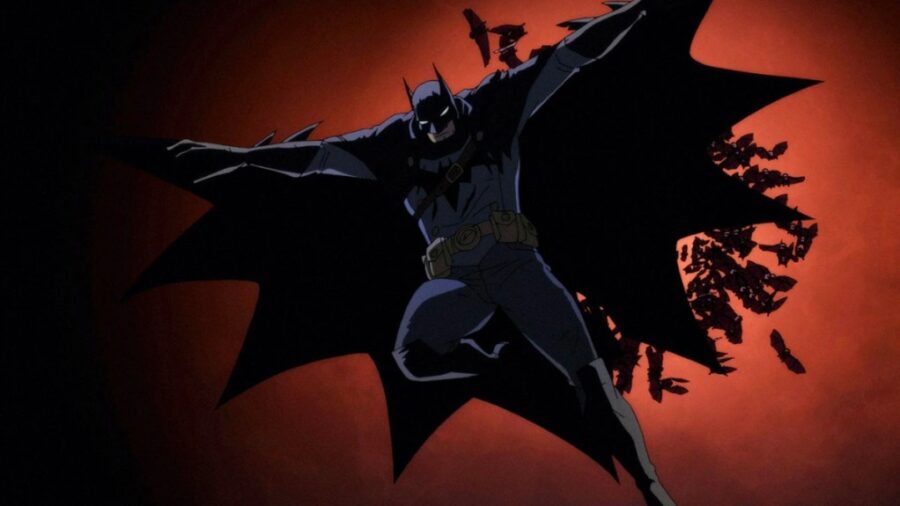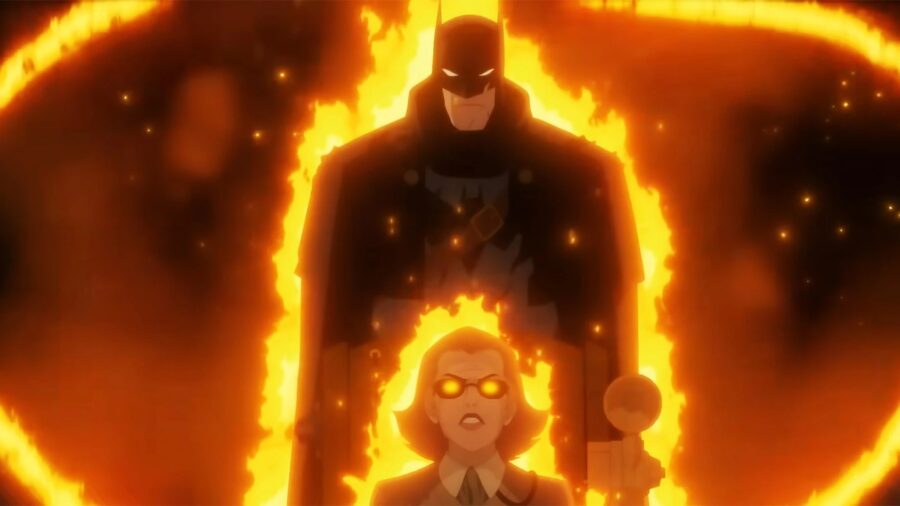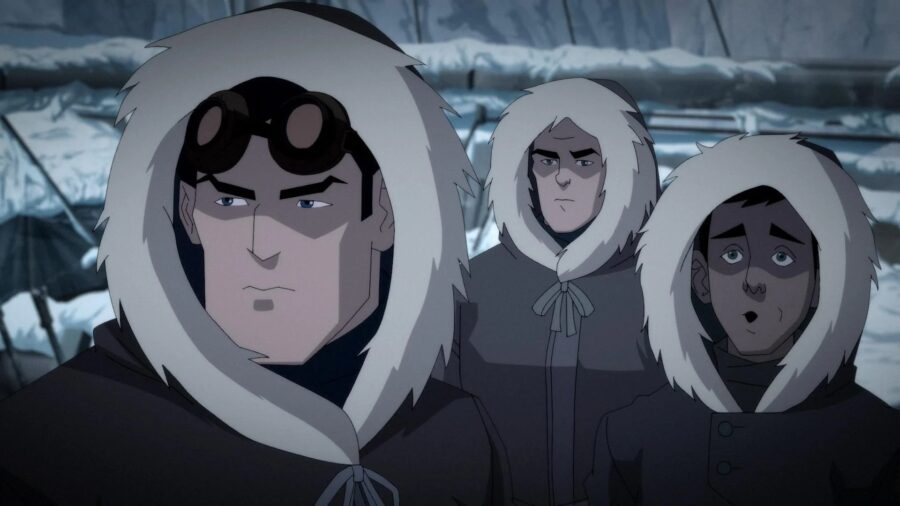A Batman Horror Movie Influenced By H.P. Lovecraft Is On Top Of Streaming
Batman: The Doom That Came To Gotham is an animated Elseworlds movie streaming on Max.

The DCU may be struggling to bring viewers to theaters for recent film installments such as The Flash and Black Adam, but the animated Elseworlds films seem to be drawing major crowds at the home market. According to FlixPatrol, Batman: The Doom That Came To Gotham is #3 on the streaming charts for Max, formerly known as HBO Max. The film, which blends Gotham’s greatest savior with the literary themes and imagery of H.P. Lovecraft, was released in April, garnering excellent reviews for its distinct animation style and its excellent use of Lovecraftian horror in a Batman setting.
The film, which adapts a three-issue comic miniseries of the same name, depicts an alternate take on Batman, as a grizzled 1920’s noir detective. This means that the film takes place during the active lifetime of acclaimed horror author H.P. Lovecraft, who lived from 1890 to 1937, spending most of his time in and around his home city of Providence, Rhode Island. Batman: The Doom That Came To Gotham series was written by the creator of Hellboy, Mike Mignola, and Richard Pace, serving as Mignola’s third Batman story and the 51st animated film in the growing catalog of DC Universe films.
The film’s plot centers around a 1920’s Bruce Wayne as he investigates the strange disappearance of an expedition crew overseas. After encountering a host of abnormal activity, including an undead crewman and a number of otherworldly monsters encased in blocks of decaying ice, Batman’s investigation leads him back to Gotham City for the first time in 20 years.
Upon his return, Bruce uncovers a series of terrifying discoveries, including a cult led by Ra’s al Ghul, which seeks to unleash an ancient evil upon the world, as well as a litany of supernatural forces which threaten to tear apart the fabric of reality as we know it.

Batman stories of the past have often taken inspiration from great detective tales such as Sir Arthur Conan Doyle’s Sherlock Holmes series, which were frequently published throughout the late 19th and early 20th centuries, as well as tales of the caped crusader Zorro, which debuted in Johnston McCulley’s 1919 novel The Curse of Capistrano.
The choice to combine the mythos of Batman’s existential dread at the Sisyphean task of ridding Gotham’s streets from the growing tendrils of evil and crime with the cosmic horror of Lovecraft’s iconic fantasy short The Doom That Came To Sarnath seems almost inevitable, given the history of the character, though few could imagine the final product being so well realized.
Traditionally, cosmic horror is incredibly difficult to commit to the film, as it requires the filmmaker to depict that which is unfathomable. For this reason, few filmmakers have even attempted such a task, leaving cosmic horror as a genre woefully underutilized in modern cinema.

For Batman: The Doom That Came To Gotham, however, the blending styles of the DC hero’s gritty realism and noir background with the existential threat of cosmic doom create a perfectly harmonious combination. Lovecraft famously pioneered the art of cosmic and existential horror throughout his tenure as a science fiction writer, leading to some of the most inventive and influential storytelling of his time.
The film’s reception has been widely positive, with many fans wondering why more of the DCU live-action Batman films seem to struggle to achieve this quality standard, especially as films such as The Flash continue to bomb historically at the box office. Of course, The Flash represents one of the final dying breaths of the pre-James Gunn-led DCU, with the franchise set to see a major overhaul in the coming years, so perhaps there is room for films of this quality to become the norm.
While there is still very little known about the future of the DCU franchise, James Gunn does seem to bring a healthy heaping of comic book knowledge to the behind-the-scenes process, with his helming of Marvel’s The Guardians of the Galaxy trilogy and 2021’s The Suicide Squad being widely hailed as some of the best in the genre. With animated films such as Batman: The Doom That Came To Gotham performing better amongst audiences than recent box office outings, this could signal to Warner Brothers executives that films of this variety would be valued in larger box office releases.












